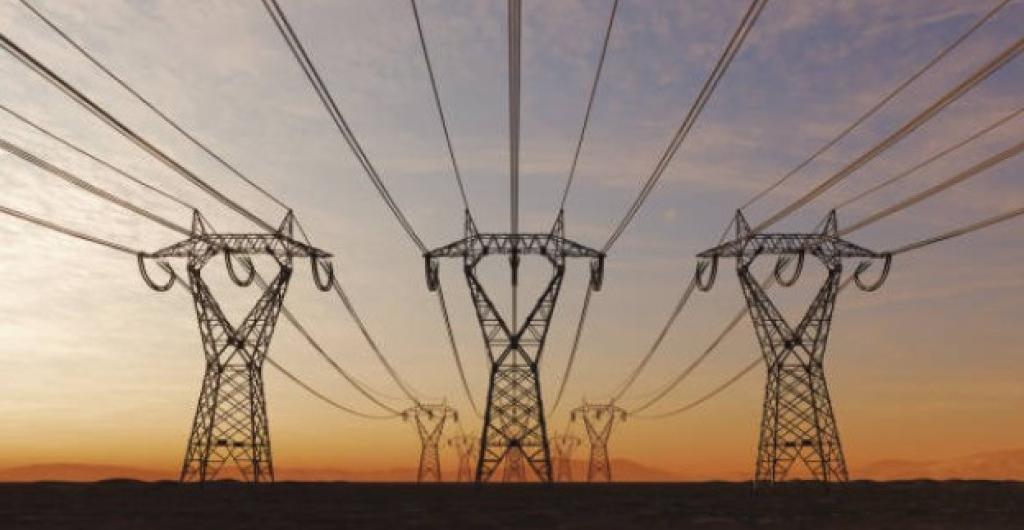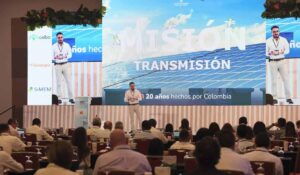Additionally, the draft resolution proposes the consumption of electricity produced in locations different from the production sites, among other changes.
The Ministry of Mines and Energy has issued a draft resolution for comments, defining the enabling rules, requirements, and obligations for self-generators and marginal producers to use the networks of the National Interconnected System (SIN).
Furthermore, it gives the green light for these types of generators to deliver their surpluses and consume the energy they produce in locations different from the production sites.
“These measures will apply exclusively to generation assets that are in operational technical condition as of the date of issuance of this administrative act and in accordance with the guidelines issued by the Energy and Gas Regulatory Commission – CREG, related to the present objective,” the document highlights.
Electricity
What Changes Does This Draft Resolution Introduce?
The draft resolution contains five articles in total, but three introduce major changes. For instance, modifications are proposed to the use of the National Interconnected System networks, changes to the registration of commercial borders, and the withdrawal of generation plants from the Wholesale Energy Market for self-generation purposes.
1. Use of the SIN Networks
Regarding the use of the Interconnected System (SIN) networks by self-generators and marginal producers who require it to use energy produced at sites different from consumption: those interested will be able to use the SIN networks to consume their own energy at sites different from the production site without any problem.
With this change, they will not lose their status as a self-generator or marginal producer and will be subject to the current technical and economic regulation and other obligations established in the Operation Regulation applicable to generators.
Additionally, the document proposes that energy transported through the National Interconnected System (SIN) networks for the self-consumption of self-generators and marginal producers will not be subject to the application of the Real Equivalent Cost of Energy (CERE) charges of the Reliability Charge, nor the Financial Support Fund for the Electrification of Non-Interconnected Zones (FAZNI).
“The energy injected into the SIN by self-generators and marginal producers for their own consumption will be treated, for the purposes of daily dispatch, as originating from minor plants,” another part of the draft resolution emphasizes.
Furthermore, the draft resolution highlights that self-generators and marginal producers who need to use the National Interconnected System (SIN) networks to consume the energy they produce must daily report to the National Dispatch Center (CND).
This daily report must include the following information: the plant’s operational date, the hourly availability of the self-generation plant for consumption at sites other than the production site; the surplus energy to be delivered to the system; the energy to be consumed from the grid; and the information established in the current regulation for this type of self-generation.
Under this modification, the Grid Operator (OR) or the respective Marketer will liquidate all applicable charges to self-generators and marginal producers who use the National Interconnected System (SIN) networks for self-consumption.
“For the generation component (G), the OR and the marketer will take into account the net between the self-generated energy and the energy consumed from the energy market; the other charges associated with the provision of the service will be liquidated in accordance with current regulations,” another section notes.
2. Changes in Commercial Border Registration
Regarding changes in the registration of commercial borders, the document proposes that remote self-generators or remote marginal producers perform this registration under the same conditions as those for generation border registration.
“Existing generation plants that convert to carry out self-generation and marginal production activities using the National Interconnected System (SIN) networks may continue to use the same registered border for the generation activity, following notice to the Commercial Exchange System Administrator (ASIC) of the modification in the use of the border,” the document added.
Electricity
3. Changes in Withdrawal from the Wholesale Energy Market
A third point establishes changes to the withdrawal of generation plants from the Wholesale Energy Market (MEM) to be used for self-generation. Plants that choose to modify their use to carry out self-generation activities will be able to withdraw from the market.
“The withdrawal of these plants from the market will not imply their withdrawal from the National Interconnected System (SIN), meaning that, without changing the connection concept, they will be able to retain the already authorized connection point and use their transport capacity for self-generation activities using the SIN, within the framework of the established Operation Regulation and other applicable standards,” the document highlighted.
Meanwhile, the Commercial Exchange System Administrator (ASIC) will adjust its procedures to reflect the new use to be given to generation plants that withdraw from the MEM to self-generate energy. For the purposes of the preceding paragraph, generation plants that withdraw from the market and remain operational to be used for self-generation utilizing the National Interconnected System (SIN) networks must inform the Mining-Energy Planning Unit (UPME), the National Dispatch Center (CND), and the ASIC of this change.
According to the information provided by the Ministry of Mines and Energy, the deadline for comments on this draft resolution is June 27, 2025.
Source: Energía – Portafolio








